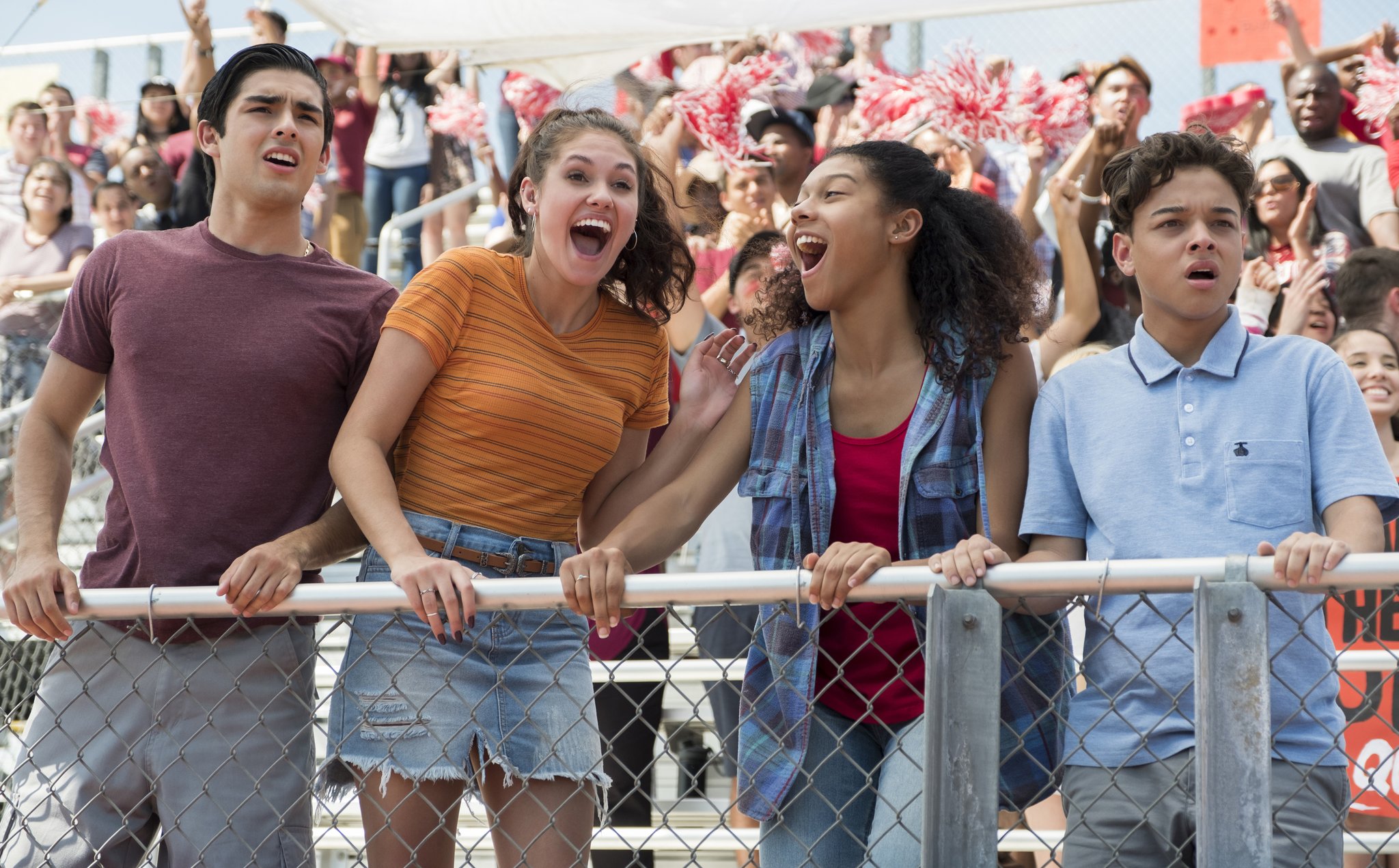‘On My Block’: The Importance of Diverse Narratives in the Coming-of-Age Genre

Image Courtesy of PopSugar
The past year has provided TV and film lovers alike with a surge of content that centers the teenage experience. Though coming-of-age movies and shows existed long before the days of video streaming services, today’s fictional narratives set themselves apart from their predecessors. TV creators and networks are now embracing a discussion about stigmatized and controversial topics, such as mental illness, racism, and classism. Although there is always room for improvement, one can appreciate the attempts of different networks to reflect their diverse audiences in their upcoming and ongoing shows. Netflix is one of the many entertainment companies that is contributing to the increase in diverse narratives on the screen. Its new teen TV series “On My Block” proves that TV shows that subvert traditional fictional storylines possess the potential to do well.
Averaging a 93% rating on Rotten Tomatoes and an 8.3 IMDb rating, “On My Block” is more than your average teenage dramedy. Admittedly, on a surface level, the 10-episode series mimics that of many other coming-of-age content. The TV show chronicles the lives of four friends as they navigate the unfamiliar world of high school while trying to find themselves and simultaneously juggle friendships, family, and relationships; however, the four, Monse, Cesar, Jamal, and Ruby, grapple with more than the average struggles of adolescence as they must deal with problems that arise in their South Central Los Angeles neighborhood.
The show makes genuine efforts for diversity, as it is the first Netflix original TV series where all of the cast consists of young people of color. The basis for the show’s noteworthiness exists within its ability to thread together versatile storylines in order to both bring awareness to neglected experiences and provide comic relief.
The major storylines on the show involve three seemingly contrasting things: romance, gangs, and a treasure hunt. Surprisingly enough, those three aspects function within each other, aiming to show the harsh realities of the inner-city while simultaneously humanizing those who live within it.
Viewers see a genuine, more accurate side of black and brown teens that the media often distorts. The characters are vulnerable, like other teens trying to figure out their lives; however, they face issues distinct to their particular position in the world. For instance, the pilot centers around the character Cesar’s dilemma of being forced into a gang by way of legacy. The gang situation is out of Cesar’s control, much like his racial and socioeconomic status, which results in a feeling of empathy for him that ultimately complicates the common dehumanization of gang members. The specificity of each character’s struggle adds originality to the coming-of-age theme, also highlighting the underlying systemic issues that render many marginalized groups of people helpless.
It is this very juxtaposition of universal and situational elements that allows the show to thrive in its plot progression and emotional impact. All of its success relies on one major element: diversity. “On My Block” excels through its prioritization of perspectives that are often neglected in TV and film, especially in the coming-of-age genre. It is funny, heartfelt, binge-worthy, and overall charming. Most importantly, it implores people to engage in important conversations that they may have never considered prior to watching the show.
If you haven’t watched it, what are you waiting for?




